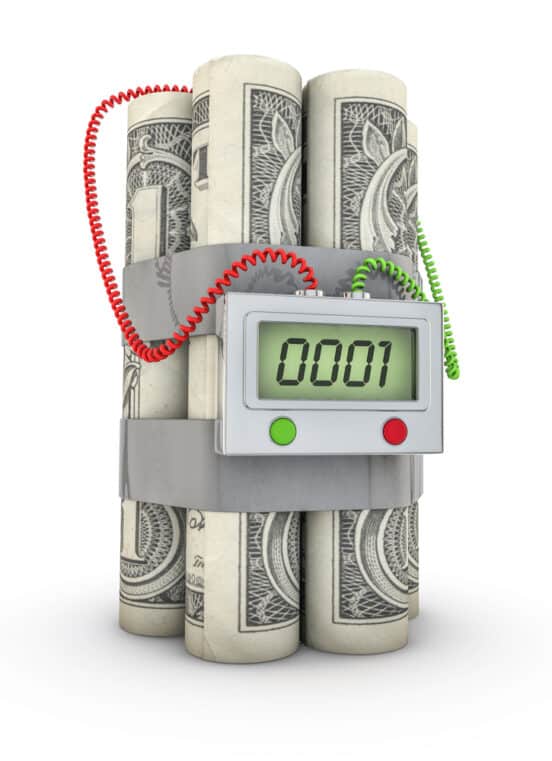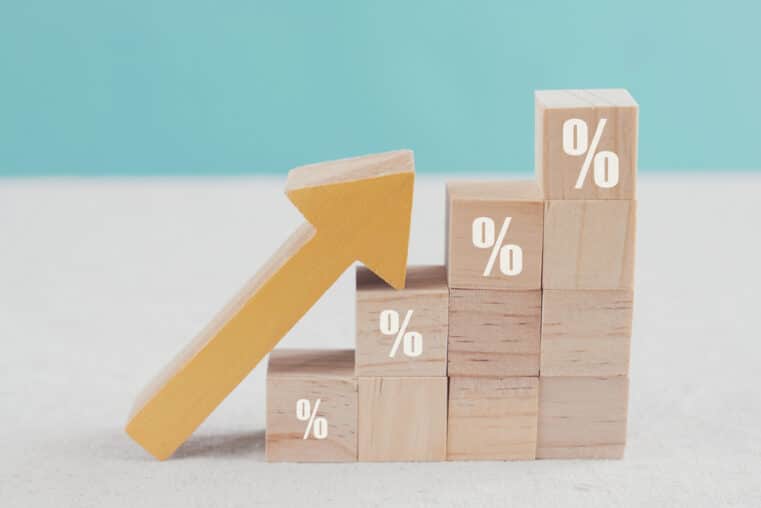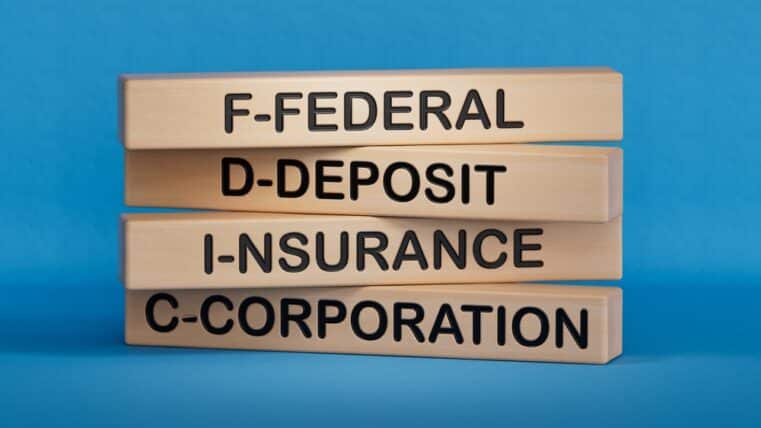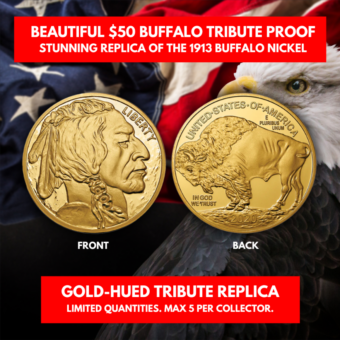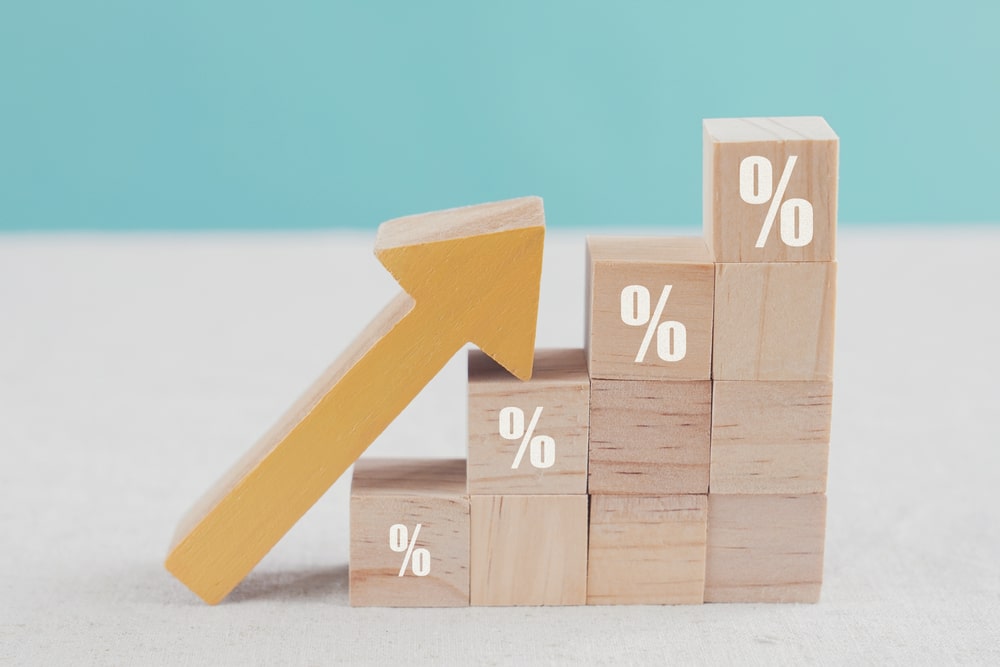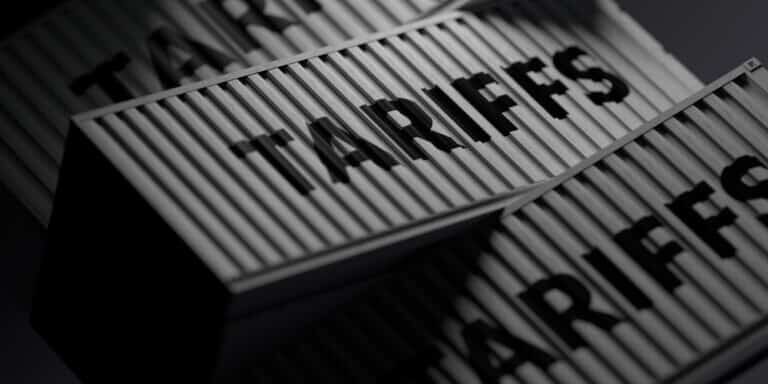
Tariffs Aren’t Trade Strategy—They’re Economic Sabotage Masquerading as Patriotism
The U.S.-Japan Deal: A Shiny Package Full of Rot
In the long arc of failed economic experiments, tariffs dressed up as trade policy are a recurring character—and a costly one. The latest iteration comes wrapped in the American flag and stamped with the seal of "strategic partnership," but don’t let the packaging fool you. The recently announced US-Japan Strategic Trade and Investment Agreement, lauded by the Trump administration as a cornerstone of industrial renewal, is nothing more than centralized economic meddling financed with money that doesn't exist and driven by an ideology that doesn’t understand how capital actually forms.
$550 Billion in “Strategic Investment”—But Who Really Pays?
The heart of the deal is simple enough: American importers pay up to 50% tariffs on Japanese goods—supposedly “reciprocal”—while Japan agrees to throw $550 billion into various U.S. sectors under the guise of “strategic investment.” It sounds impressive. Until you follow the money.
Only 10% of that Japanese “investment” is structured like a normal loan. The rest—$495 billion—is essentially a payoff, a diplomatic bribe to get the U.S. off Japan’s economic back. This money, controlled not by markets or private investors but by the federal government itself, will be funneled into politically favored industries—shipbuilding, pharmaceuticals, semiconductors, and so on—with no real mechanism for accountability, market testing, or pricing discipline. In other words, a state-managed investment fund with zero regard for how real economies grow.
If that sounds like socialism with better branding, that’s because it is.
Who Absorbs the Losses? Probably You
Nowhere in the deal is it clear who eats the losses if these so-called “investments” collapse. Shipbuilding, for example, has long been a financial sinkhole. Will American taxpayers bail out bad bets made by political planners? Or will Japan quietly absorb the default while the U.S. inflates its money supply to cover the difference? Either way, the real cost will be hidden—just as it always is when governments start playing venture capitalist with other people’s money.
Inflation by Another Name
And let’s talk about that money. Japan isn’t sitting on $550 billion in excess U.S. dollars. The options for raising it are few and all of them dangerous: either Japan sells off its U.S. Treasury holdings—dumping bonds into an already fragile debt market—or it prints more yen, undermining its own currency. Alternatively, the Fed steps in to “create” new capital, further diluting the dollar and eroding your purchasing power. No matter how you slice it, the deal is a recipe for inflation, not growth.
Tariffs Don’t Create Capital—They Just Misprice It
This is the core economic fallacy behind modern tariff policies: the belief that government-led capital expenditures equal capital formation. They don’t. True capital formation comes from thrift—from individuals voluntarily deferring consumption, saving, and investing in productive enterprises. Government “investments,” especially those driven by inflation or foreign tribute, don’t reflect real savings. They just distort prices, fuel bubbles, and misallocate scarce resources into politically favored sectors.
These distortions create what Austrian economists call malinvestment—projects that appear viable only under false price signals. Once reality sets in, these projects fail, often catastrophically, wasting both time and resources. We’ve seen this cycle play out countless times, from Japan’s “Lost Decades” to America’s own boom-bust dot-com and housing fiascos. The common thread? Central planners mistaking printed money for prosperity.
The Slush Fund Syndrome: Winners and Losers by Political Favor
And let’s be clear: these tariffs and trade deals aren’t about rebuilding American industry—they’re about redistributing political capital. Who decides which industries get funded with Japan’s coerced capital? Not markets. Not entrepreneurs. But bureaucrats and politicians, who will no doubt prioritize campaign donations and short-term headlines over sustainable growth.
There’s no pricing mechanism in place, no profit-and-loss feedback loop to signal where resources are best allocated. That’s because governments can’t calculate. They don’t operate under economic constraints. They operate under political ones. So we end up with trillion-dollar slush funds, not based on market demand, but on political theatrics masquerading as strategy.
Japan: The Wrong Model to Copy
And the irony? Japan—the supposed model in this deal—is an economic cautionary tale, not a roadmap. For three decades, Japan has tried to stimulate its way to growth, relying on easy credit, subsidies, and public-private schemes. And where has it led? Aging demographics, shuttered auto plants, declining productivity, and a mountain of debt. Honda and Nissan recently closed flagship factories near Tokyo. That’s not resurgence—that’s retreat.
And yet, here we are, copying the model.
Cutting Off Imports Cuts Off Capital
Protectionists love to sell these deals as defending American workers. But by cutting off imports, we also cut off access to foreign savings—the very savings that have historically helped finance our domestic investment. Trade deficits are not inherently bad; they’re the accounting flip side of capital inflows. When you kill imports with tariffs, you also choke off the global capital that makes entrepreneurship possible.
Conclusion: Thrift, Not Tariffs, Builds Nations
Bottom line: we’re trading short-term political gains for long-term economic dysfunction. Tariffs won’t spark industrial rebirth. Slush funds won’t create capital. Government planning won’t resurrect market discipline. And coerced foreign "investment" won’t save a country that refuses to save for itself.
If you’re concerned about how these policies will impact your savings, your purchasing power, and your future, you’re not alone. The financial game is being rigged against individual savers and producers—and the clock is ticking.
To stay informed and protect your assets, download Bill Brocius’ free guide: 7 Steps to Protect Yourself from Bank Failure.
Then, pick up his book, End of Banking As You Know It, and subscribe to Bill’s exclusive Inner Circle newsletter for just $19.95. It’s the common sense antidote to economic nonsense—and your best chance at staying ahead of the next crisis.



